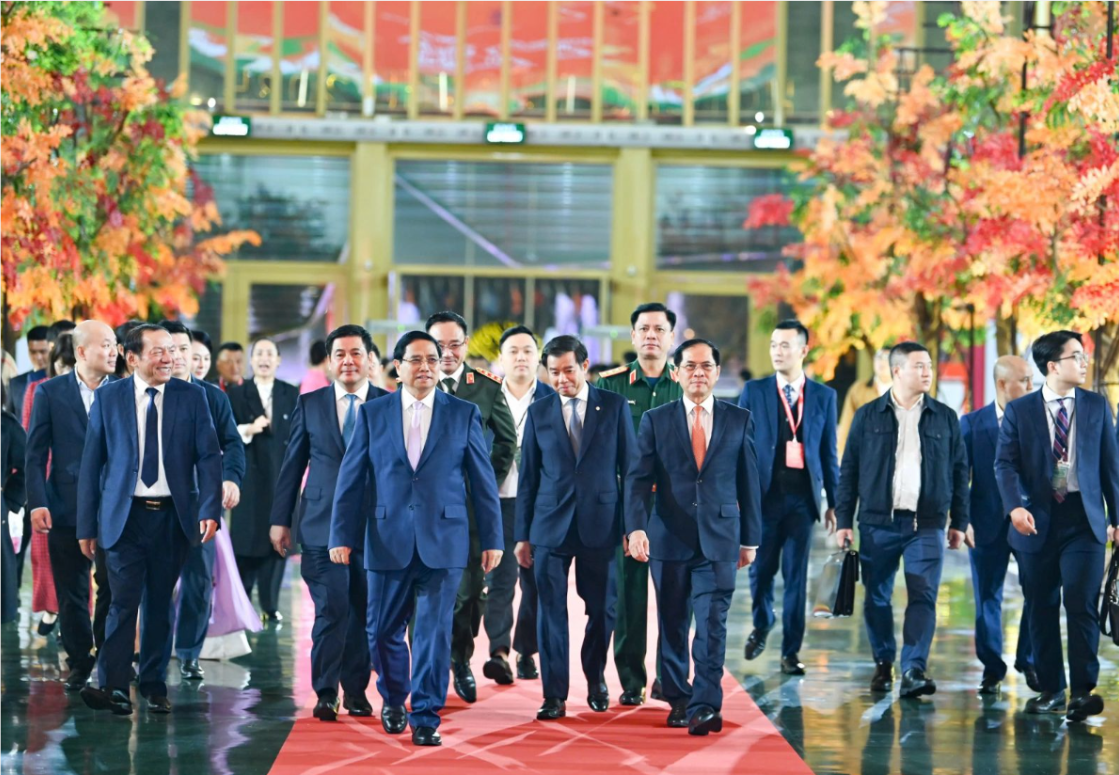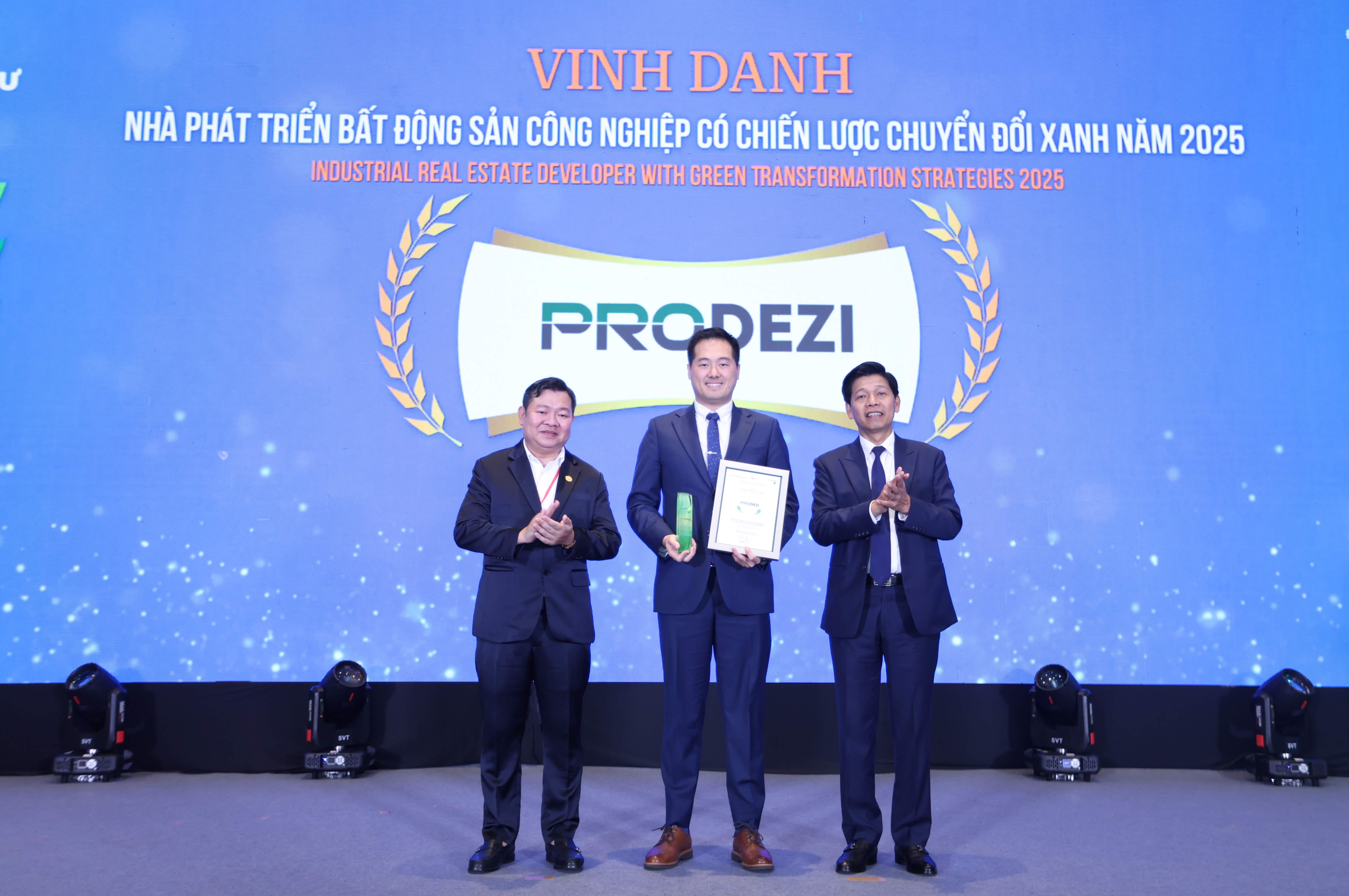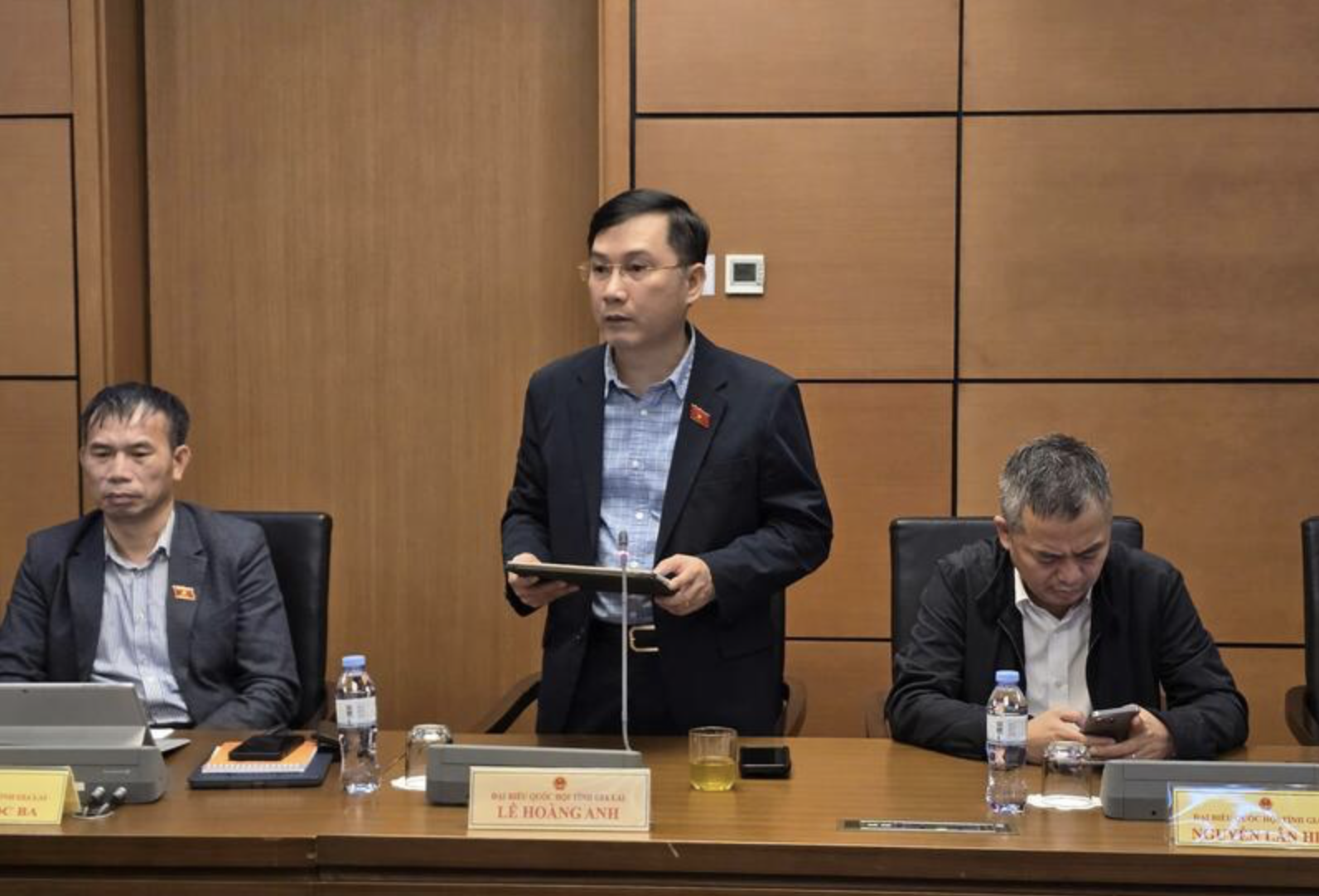
Ca Mau’s industrial promotion boosts rural industry growth
19:05 | 23/03/2025 20:10 | 04/11/2025Industry
|
From Van Phuc ...
Following years of ups and downs, the Van Phuc silk village in Hanoi’s Ha Dong District has regained its vitality. Talking with Vietnam Economic News reporters, Pham Khac Ha, President of the Van Phuc Silk Weaving Village Association, said the village currently has 246 looms and produces 2.5-3 million meters of silk per year. In recent years the village has been earning tens of billions of dong annually from silk weaving, generating jobs for thousands of local workers.
Ha added that in the past five years, Van Phuc village created more than 400 designs – as opposed to only a handful of designs in previous years. Many households even have dozens of looms. Special types of silk created by artisans in Van Phuc are not only sold domestically but also exported to Thailand, Laos and other Southeast Asian countries. A visitor to Van Phuc is struck by the sight of old artisans working alongside young people in these traditional crafts.
With their great enthusiasm and love for the traditional craft, Van Phuc villagers have built the global reputation of their products, which are widely known as Ha Dong silk. Ha Dong silk has been displayed and sold in many international events and venues, including Vienna.
... to Quang Nam
Formed in the 16th century, the Ma Chau Silk Village in Nam Phuoc Township, Duy Xuyen District, Quang Nam Province, specialized in making silk products for lords and aristocrats. In the 21st century, however, the silk weaving craft in Ma Chau and many other villages was facing extinction.
Quang Nam Province has taken various measures to revive the traditional craft through tourism development with the community’s participation. Its efforts have yielded successful results, especially in the picturesque town of Hoi An.
The 300-year-old Hoi An Silk Village, about 1km from the center of Hoi An’s historic center, was restored and opened to domestic and foreign visitors in 2012. Covering more than 30,000sq.m, the village enables visitors to learn about the history of silk-making and of the region. Hoi An used to be the busiest commercial seaport in Southeast Asia. Every year, the Nguyen lords created favorable conditions for merchant ships from all over the world to reach the town to trade in various kinds of goods, including silk products. Hoi An’s silk products are made of special materials. It is said that in the past, the Cham people found a special variety of mulberry from the highland areas of Quang Nam and brought it to Hoi An to feed silkworms. Visitors to Hoi An Silk Village today can see century-old mulberries growing in traditional cultivation areas.
In an effort to promote its global reputation, since 2014 Hoi An Silk Village has organized three festivals: Vietnam-ASEAN Silk Festival (2014); Vietnam-Asia Silk Festival (2016); and Vietnam-World Silk and Brocade Festival (2017).
During the APEC Summit 2017 last November in the coastal city of Da Nang, the wives of top-level officials from the 21 member states of the Asia Pacific Economic Cooperation forum bought many silk products at the Hoi An Silk Village.
... and Lam Dong
One cannot ignore Lam Dong when speaking of the strong revival of silk weaving as a traditional craft in Vietnam. Prior to the 1990s, Lam Dong, in general, and the city of Bao Loc, in particular, was considered the capital of the silk weaving craft in Vietnam, contributing over 70 percent to the country’s total silk output. However, the availability of ready-made products in the market economy led to the regression of sericulture in Lam Dong.
The technological revolution and the thriving of the global silk market have offered Lam Dong Province opportunities to revitalize sericulture.
Currently, there are 22 silkworm breeding and silk production businesses and facilities in the city of Bao Loc, including eight automatic cocoon unraveling facilities and eight silk production plants with total output of nearly 2,000 tonnes of silk per year. Many silk businesses in Lam Dong sell their products mostly to customers from Japan, India, the Republic of Korea, Italy and the US.
To promote the domestic and global reputation of local silk products, specific activities were organized for the first time as part of the seventh Da Lat Flower Festival that took place from December 23-27, 2017. On this occasion, fashion designer Minh Hanh invited 13 famous designers to participate in an exclusive fashion show presenting products made of Bao Loc silk.
Under its development plan until 2020, Lam Dong Province is striving to have 6,200-6,500ha of mulberry by 2020 and to turn Bao Loc into a silk making hub in the next 5-10 years. To achieve these targets, Lam Dong will cultivate new mulberry varieties and create new silkworm breeds to increase cocoon yields, along with brand building efforts. Production chains and sales linkages will be formed to maintain stable production and enhance the value of local silk products.

19:05 | 23/03/2025 20:10 | 04/11/2025Industry

19:05 | 23/03/2025 20:09 | 04/11/2025Trade

19:05 | 23/03/2025 20:06 | 04/11/2025News and Events

19:05 | 23/03/2025 11:43 | 04/11/2025Trade

19:05 | 23/03/2025 11:39 | 04/11/2025Industry